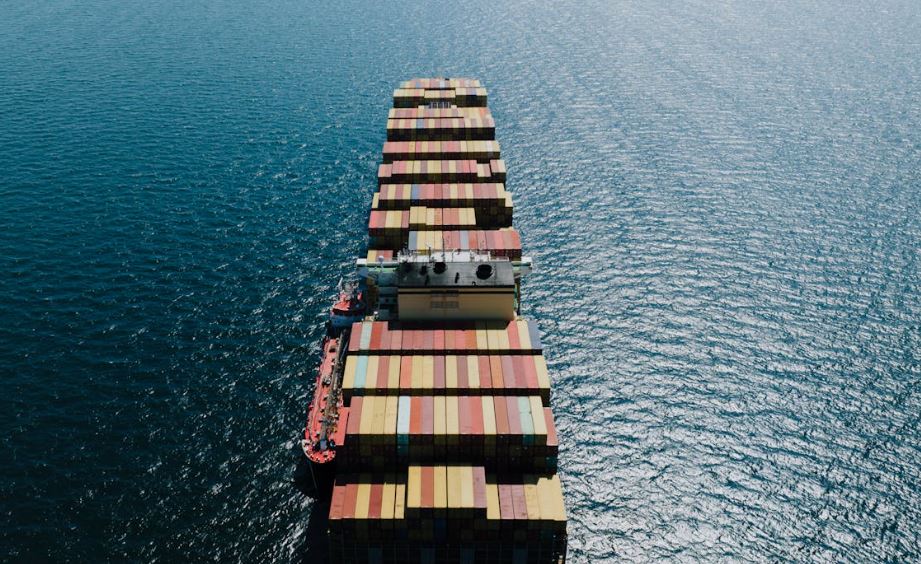
Tariffs are basically taxes imposed by a country and added to the cost of goods (finished products or supplies) sent to another country. The receiving country pays the tariff and generally passes the cost increase along in the form of higher prices. Those higher prices are paid by the end buyers of the imported goods. There’s a whole bunch of political and economic considerations that come with tariffs, which are way beyond the discussion here. I’m going to stick to how tariffs imposed on goods imported into the United States can have an impact on the commercial real estate market.
EXISTING INVENTORY
For commercial real estate locations that are already built, the effects of the tariffs seem to be very industry-specific. For example, the increase in the cost in construction materials used in commercial real estate isn’t noticeably affecting leasing activity for commercial office space- for now. The tenants (and by extension, their landlords) that seem to be experiencing the most volatility appear to be in the industrial properties, especially those that lease to third party logistics operators. Warehouse tenants are reacting to the uncertainty created by the price in the goods that they store in their locations (will there be less of them?). As a result, they are delaying signatures on commercial real estate leases. Tenants also seem to be delaying capital projects, such as infrastructure, improvements and repairs.
NEW INVENTORY
Many construction materials are imported into the United States. Tariffs as of the date of this article are projected to increase the cost of construction between 3-5%. Interest rates are up, which also increases the cost of construction financing. Nonetheless, there is still a brisk demand for commercial construction, notably in Class A office space and industrial and flex space. It’s noteworthy that a lot of multi-family construction projects that have been in the pipeline are finally nearing completion, despite delays such as the pandemic and the associated increase in construction materials from that time period. Therefore, there’s more supply than there was before, and combined with increasing construction costs, which means that this very hot segment of the market might be finally slowing down. Prudent investors might want to reexamine their portfolios and the conditions of their properties with this in mind.
ECONOMICS FOR COMMERCIAL REAL ESTATE
Tariffs could lead to slower economic growth. That’s because the higher costs of imported goods (including but not just construction materials) are passed down the line to the end consumer. Higher costs lead to less consumer spending. Lower consumer spending means slower economic growth overall.
Slower economic growth could mean higher lease vacancies , since companies that occupy commercial space of all sorts may pull back on investments and capital spending. Additionally, these companies may delay lease signings until they are more certain about, well, everything. It’s not great economic practice to sign a new lease if a company might not need more space (for materials or employees); or starting new construction, if a company can get a more attractive rental rate on an already-existing or better-sized space. The company’s own business operations could be influenced (for better or worse) due to the same factor that is the topic of this article: tariffs (on their own cost of goods and supplies), so they might not need more space at all. There’s a lot of uncertainty regarding the tariffs, as well- will they go into effect and for how long? Markets don’t like uncertainty, so the usual reaction is to delay taking action until there’s either 1) more certainty or 2) no choice.
WHAT CAN THAT MEAN FOR INVESTORS?
There are lots of other factors besides tariffs; for example, the ever-changing list of commercial lease space (maybe?) terminated by the government that affect lease and construction costs. The cost of borrowing money and financing construction has also increased, due to inflation, so bringing new commercial space online, or remodeling current space (like in office buildings) is getting more expensive. Investors in commercial real estate like REITs (Real Estate Investment Trusts) tend to look at longer-term investments, so they are likely to hold off in committing capital to projects. Even if tariffs remain high, interest rates could come down, which would mean financing construction debt would be less expensive for those investors. There could be a gap between company needs for space and the ability to bring it online, either as new construction or retrofitting existing space, going back to the same factors (and more!): tariffs increase the cost of materials, interest rates affect the cost of financing co
WHAT ABOUT LANDLORDS AND TENANTS?
Generally, tenants may delay lease signings until they are more certain of the market conditions. Those delays can also translate to postponing capital projects- improving or increasing current space, bringing existing space into compliance, increasing operating efficiencies, or accommodating new and flexible uses. The increase in costs of construction might also mean these projects are scaled back in scope.
Additionally, landlords and tenants in locations along international borders or in port cities will feel the impact of tariffs. Delays in construction or improvements for buildings that can accommodate certain operations could decrease the availability of prime space for all lease market segments. Companies might scale back operations or projects that are nearing completion might not have the tenant base that were anticipated. This higher vacancy rate could make the market more competitive for certain tenants, if the conditions are right.
The vacancy rate doesn’t impact for all tenant types the same way. Key trade routes across the country could be affected, if appropriate storage and warehouse infrastructure aren’t available when needed. Office operations that support international transactions and operations will be affected in vacancy rates as well as new construction. Alternatively, leasing demand for these types of space might slow if it’s expensive to bring goods across the borders, which goes back to the slower economic growth and a reduced demand. These types of operations are static in their locations, they don’t have the same flexibility as purely domestic operations to relocate due to better pricing in other locations and are more subject to the local market conditions as well as the tariffs.
SO WHAT?
Tenants will still face competition in finding appropriate accommodations, especially newer and special-use, in the correct locations. They might benefit from a softer market if they remain flexible and open to repurposing existing commercial inventory. Landlords will have to have top-tier spaces to attract top-tier clients, and will face increasing costs to provide those spaces competitively. Investors like to know what’s going on, and these are uncertain, and expensive, times. It’s likely many landlords, tenants and investors will take a wait-and-see attitude, delaying committing to large investments in capital costs, or alternatively, they might move to scoop up desirable assets that show signs of being distressed (almost-complete construction or vacant buildings, for example).
I’m a commercial real estate attorney and I’ve worked in all sorts of market conditions.
Let’s discuss your current lease situation, go to lawbyjz.com
#commercialleaselaw #tariffs #commercialrealestatelaw
